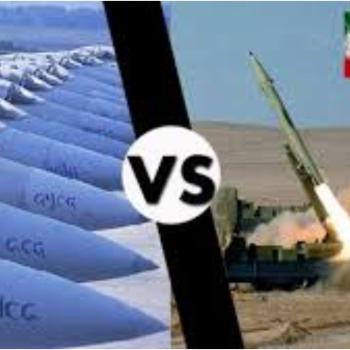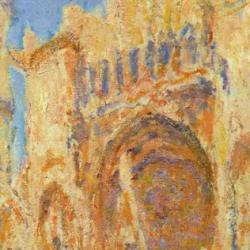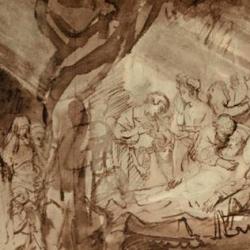In his book on Mosaic typology in Matthew, commenting on Matt 5:1-2 in particular, Allison reviews some of the Jewish literature that suggests that Moses sat enthroned on Sinai. The idea was based on Deut 9:9, where Moses says “I remained (YASHAB) on the mountain forty days and forty nights,” using a verb that can “sit” as well as “dwell” or “remain.” This text was debated by the rabbis, especially in conjunction with Deut 10:10, where Moses said he “stood” on Sinai, but some concluded, as a Samaritan texts puts it, that Moses “sat on a great throne and wrote what his Lord had taught him.”
For various reasons, I am dubious of this interpretation of Deut 9:9 and of the legends that grew up around it: The top of Sinai is equivalent to the MHP, where the priests “stand to serve”; as a prophet, Moses’ great privilege was to “stand” before Yahweh; and his position as a servant (and NOT son, Hebrews) suggests a posture of standing.
Yet, the interpretation of Deut 9:9 and the legend of Moses’ enthronement is revealing, for it suggests that Moses was seen not as the mediator of a temporary covenant, but as an eschatological prophet, who brought Israel, in principle to her rest.
It’s fairly widely believed that the debate between Paul and the Jews and Judaizers might be seen as fundamentally a debate about eschatology: Paul announced the coming of the age of fulfillment, a message that the Jews and Judaizers in their different ways rejected. But the notion of Mosaic enthronement suggests another aspect to this debate, that is, the possibility that the Jews and Judaizer’s rejected Paul’s eschatological gospel because they had an Mosaic eschatology of their own.














